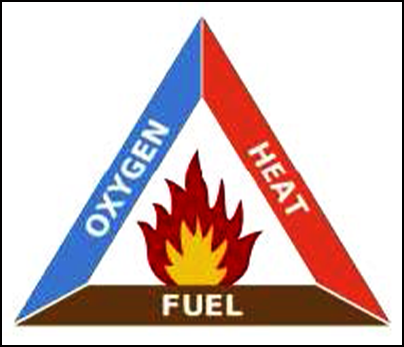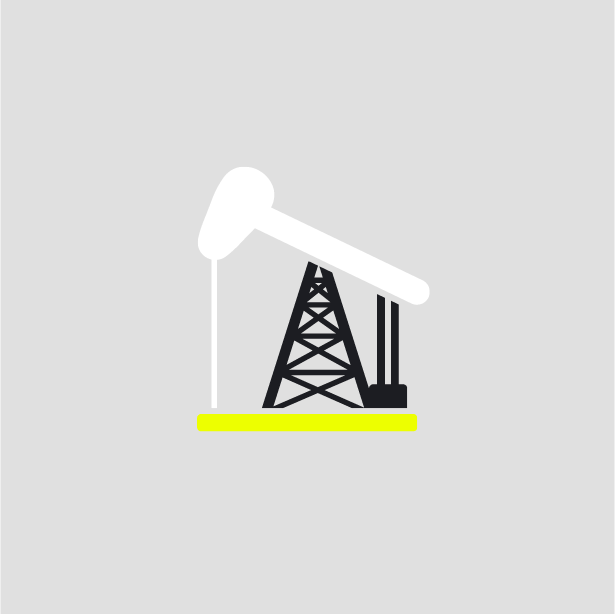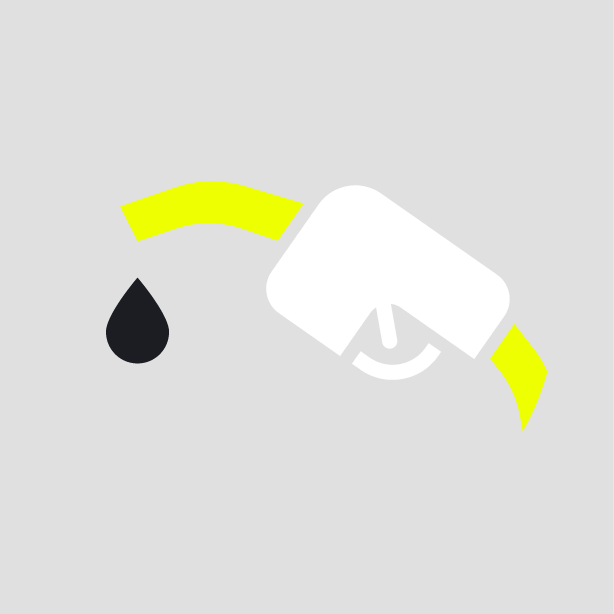-
What happened?
Several outbreaks of fire occurred during welding or grinding operations:
- Electric arc between clamp and stainless steel flexible hose containing hydrocarbons. The insulating protection of the clamp had slipped.
- Fire outbreaks 1 hour 30 minutes after a welding operation had finished.
- Outbreak of fire in a gap of 2cm/0.8 inch under a machine (due to presence of grease and dust) during welding operation.
- During waterproofing works on a roof, the leaves and pollen accumulated under an asphalt plate caught fire.
- During a welding operation, an incandescent projection started a fire in a gutter containing debris from leaves and pallets.
- During grinding outside of a tank, a spark entered the manhole and ignited hydrocarbons inside the tank.

-
Why did it happen?
In all cases:
- A prior risk analysis was performed.
- The site was visited in preparation of the operation.
- The work permit included a clear description of the work. Fire permits were issued.
- Staff were authorised to perform hot work.
- Protection to the work area, extinction and control means were implemented.
So what went wrong? Two main causes:
- Insufficient protection against projections (sparks etc.) given off by the operation.
- Thermal conduction: the heat transmitted along heated elements (roof, walls, piping), causing combustion of waste, materials, and electrical conduits.

-
What did they learn?
Ensure there is sufficient protection of the area against projections (generated by the operation).
- Reminder: grinding or welding operations cause sparks and molten metal droplets that go everywhere.
- Protect all cracks, interstices, grooves and other gutters before any operation.
- When working in an operational area, protecting the location becomes significantly more complicated.
Fires on the roofs can be caused by heat transmitted along the heated element. Undertake risk assessment for thermal conduction when doing renovation projects (as parts of installation are generally inaccessible).

-
Ask yourself or your crew
How can something like this happen here?
In our work area, where can projections fall? What are the hazards? (e.g. combustible materials, gases etc.)
What protection do we have in place against projections? What more can we do?
What nearby materials will conduct heat? Where is that heat going and what are the hazards?
If a fire breaks, what should you do?
What else can we learn from this incident?

Add to homescreen
Content name
Select existing category:
Content name
New collection
Edit collection
What happened?
Several outbreaks of fire occurred during welding or grinding operations:
- Electric arc between clamp and stainless steel flexible hose containing hydrocarbons. The insulating protection of the clamp had slipped.
- Fire outbreaks 1 hour 30 minutes after a welding operation had finished.
- Outbreak of fire in a gap of 2cm/0.8 inch under a machine (due to presence of grease and dust) during welding operation.
- During waterproofing works on a roof, the leaves and pollen accumulated under an asphalt plate caught fire.
- During a welding operation, an incandescent projection started a fire in a gutter containing debris from leaves and pallets.
- During grinding outside of a tank, a spark entered the manhole and ignited hydrocarbons inside the tank.
Why did it happen?
In all cases:
- A prior risk analysis was performed.
- The site was visited in preparation of the operation.
- The work permit included a clear description of the work. Fire permits were issued.
- Staff were authorised to perform hot work.
- Protection to the work area, extinction and control means were implemented.
So what went wrong? Two main causes:
- Insufficient protection against projections (sparks etc.) given off by the operation.
- Thermal conduction: the heat transmitted along heated elements (roof, walls, piping), causing combustion of waste, materials, and electrical conduits.

What did they learn?
Ensure there is sufficient protection of the area against projections (generated by the operation).
- Reminder: grinding or welding operations cause sparks and molten metal droplets that go everywhere.
- Protect all cracks, interstices, grooves and other gutters before any operation.
- When working in an operational area, protecting the location becomes significantly more complicated.
Fires on the roofs can be caused by heat transmitted along the heated element. Undertake risk assessment for thermal conduction when doing renovation projects (as parts of installation are generally inaccessible).
Ask yourself or your crew
How can something like this happen here?
In our work area, where can projections fall? What are the hazards? (e.g. combustible materials, gases etc.)
What protection do we have in place against projections? What more can we do?
What nearby materials will conduct heat? Where is that heat going and what are the hazards?
If a fire breaks, what should you do?
What else can we learn from this incident?
Several fires have broken out during of after hot work activities. Before starting the job, ensure there is sufficient protection of the area against projections or thermal conduction.














